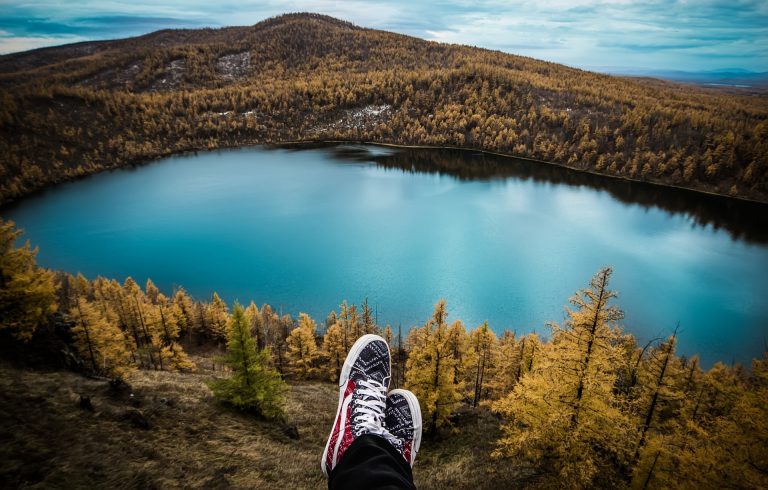Introduction:
Canada, the second-largest country in the world, is known for its breathtaking landscapes, vibrant cities, and diverse culture. From the towering Rocky Mountains to the picturesque coastlines of the Atlantic and Pacific oceans, Canada offers a myriad of experiences for travelers. However, with its vast size and varying climates, choosing the best time to visit Canada can be a challenge. In this blog post, we will explore the different seasons and highlight the unique experiences each one offers, helping you decide when to embark on your Canadian adventure.
1.Spring: Embrace Nature’s Reawakening
Springtime in Canada is a magical season as nature begins to awaken from its winter slumber. From late March to early June, you’ll witness the country bursting with colorful blooms and new life. The iconic Cherry Blossom Festival in Vancouver and the Tulip Festival in Ottawa are must-see events. As the snow melts, it’s an excellent time for hiking and wildlife spotting, especially in national parks like Banff and Jasper. However, be prepared for some unpredictable weather, as spring can bring occasional showers and cooler temperatures.
2.Summer: Embrace Festivities and Outdoor Adventures
Summer is undoubtedly the peak tourist season in Canada, and for good reason. From June to August, the country experiences warm weather and longer daylight hours, making it perfect for outdoor activities and exploration. The major cities, such as Toronto, Montreal, and Vancouver, come alive with festivals, concerts, and outdoor events. The stunning coastlines and lakes beckon visitors to indulge in water sports like kayaking, canoeing, and swimming. Summer is also the ideal time for wildlife enthusiasts, as you can spot whales, bears, and migratory birds in their natural habitats. However, be prepared for larger crowds and higher prices during this popular season.
3.Autumn: Embrace Nature’s Palette
Autumn in Canada is a breathtaking spectacle as the leaves turn vibrant shades of red, orange, and gold. From September to November, the country’s forests transform into a mesmerizing landscape, making it a paradise for nature lovers and photographers. The famous Algonquin Provincial Park in Ontario and the Cabot Trail in Nova Scotia are renowned for their fall foliage displays. Autumn is also an excellent time to visit the wine regions of British Columbia and Ontario, as the grape harvest takes place, offering wine tastings and vineyard tours. Pack layers, as temperatures can vary during this season.
4.Winter: Embrace the Snowy Wonderland
Winter in Canada is synonymous with snow and offers a unique set of experiences for adventurous travelers. From December to February, you can indulge in winter sports like skiing, snowboarding, and ice skating in world-class resorts such as Whistler and Mont Tremblant. The frozen lakes and rivers become playgrounds for ice fishing and snowshoeing. Winter festivals, such as Quebec City’s Winter Carnival and the Ice Magic Festival in Lake Louise, showcase Canada’s vibrant winter culture. However, do note that winters in Canada can be extremely cold, especially in the northern regions, so be prepared with appropriate clothing and gear.
Conclusion:
Canada’s diverse landscapes and rich cultural heritage make it a year-round destination worth exploring. Whether you’re seeking outdoor adventures, vibrant festivals, or breathtaking natural beauty, each season offers something unique and special. Consider your preferences and interests when deciding when to visit Canada. Spring and autumn are ideal for mild weather and stunning scenery, while summer offers a bustling atmosphere and endless outdoor activities. If you’re a winter sports enthusiast or want to experience the magic of snowy landscapes, then winter is the perfect time to go. No matter which season you choose, Canada will welcome you with open arms and leave you with unforgettable memories.






